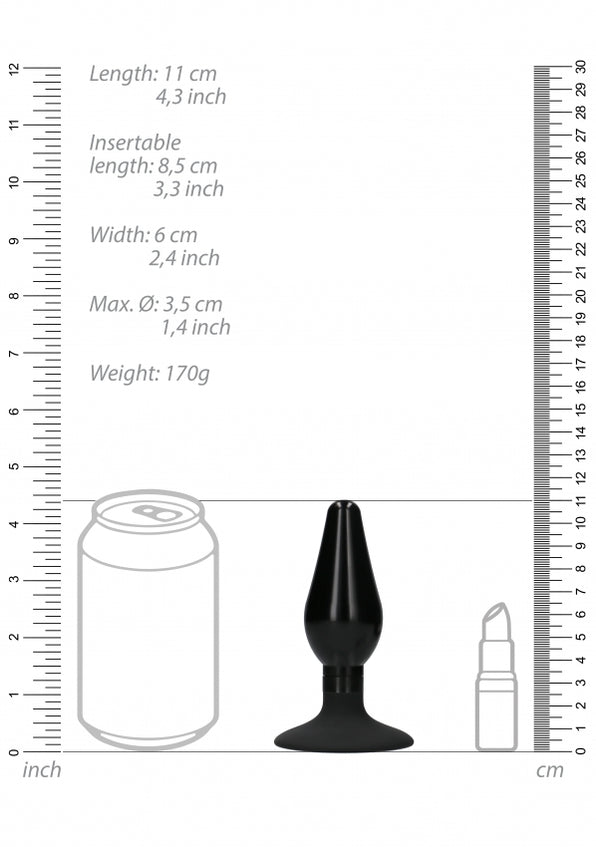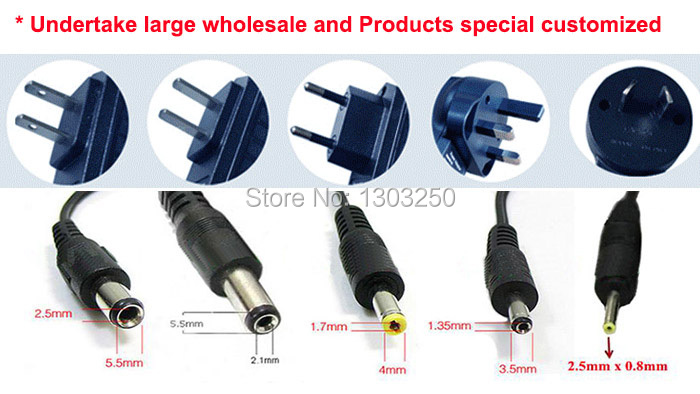
We also offer a lot of in-between sizes you won’t find elsewhere, like 1g (equal to 7mm). (Plus, you don’t have to reduce fractions in millimeters!)Īll of our jewelry is marked in both gauge size and in millimeters, so you’ll know exactly what size you’re getting. But when you stretch from 2g to 0g, that’s 2 millimeters - twice as a big of a jump!įor these two reasons, it’s often a good idea to use millimeters instead of gauges and inches when stretching.

For instance, 8g to 6g is a stretch of 1 millimeter. Gauges are also tricky when it comes to stretching, because you’re not stretching the same amount every time. Depending on the brand or jewelry, one 0g pair of plugs may be slightly smaller or larger than another 0g pair. With body jewelry, gauges aren’t an exact standardized measurement. That’s why the larger the number is, the thinner and smaller the actual measurement is. For example, a 10 gauge wire had been pulled through 10 holes, so it was much thinner than a 1 gauge wire, which was just pulled through one. Since 1965, ungrounded type A outlets are not permitted anymore in new constructions in the United States and Canada, but they can still be found in older buildings. The gauge measuring system was created based on the number of holes the wire was pulled through. A thick wire might be pulled through one hole, while a thin wire might have to be pulled through a dozen times, getting thinner and thinner each time. It’s been in use for hundreds of years, at least since the 1700s.īack then, wire was often made thinner by pulling it through smaller and smaller holes. The gauge system was first created for measuring the thickness of wire (like electrical wiring or structural cables).

(And you probably thought in school you’d never have any use for learning fractions!) The sizes go up by 1 sixteenth of an inch from there, but they’re reduced fractions, so instead of 8/16", we just say 1/2". 00g is equal to about 3/8 of an inch.Īfter 00g, we run out of gauge sizes, so we use fractions of an inch instead. When you get to 0g, the next size is 00g (pronounced “double zero gauge"). Gauge sizes go up (or down, depending on how you look at it) in even numbers from there, so the next largest size from an 18g is 16g, then 14g, then 12g, and so on. Standard ear piercings are usually pierced at 20g or 18g. Gauge sizes are a little counterintuitive at first, because they’re literally backwards: the smaller the number, the larger the size. For most of their production, Hampshire Farms starts using a 100-cell (128 being the smallest) for the perennials to as large as a 30-plug size. In the United States, the gauge system is much more common than millimeter measurements. When using a larger plug size, the plant has the additional space to grow, making it easier to keep the plants moist and retain their nutrients.

(Gauge is pronounced to rhyme with “mage" or “sage.") There are two main systems of measuring body jewelry sizes: Body jewelry sizing is a little tricky at first glance, but it’s easy once you understand the gauge system!


 0 kommentar(er)
0 kommentar(er)
